
Date Line: Bethlehem, Pennsylvania,
September 20, 2023 In honor of the 200th year since the appearance of Moroni to Joseph Smith, we thought it would
Date Line: Bethlehem, Pennsylvania, September 20, 2023 In honor of the 200th year since the appearance of Moroni to Joseph Smith, we thought it would be appropriate for us to try to replicate the ancient inscriptions cut in stones from the Mississippi River Valley. Cutting these inscriptions would not have been possible without the twenty-five years of stone tool manufacturing that Blaise Colasante brought to the project. CLICK HERE TO SEE A VIDEO OF BLAISE MAKING THE FLINT BURIN TOOL.
|
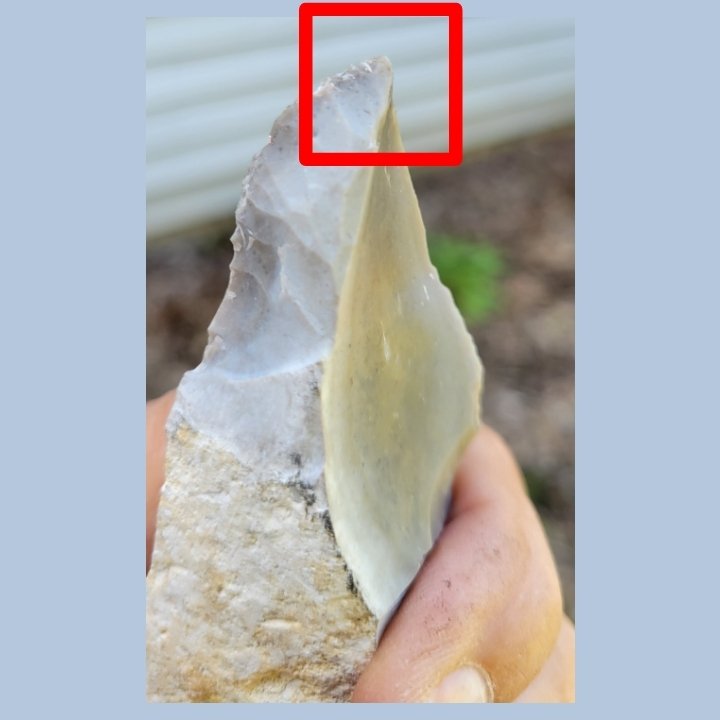
Burins exhibit a feature called a burin spall—a sharp, angled
point formed when a small flake is struck obliquely from the edge of a
larger stone flake. These tools could have been used with or without a
wooden handle.
|
|
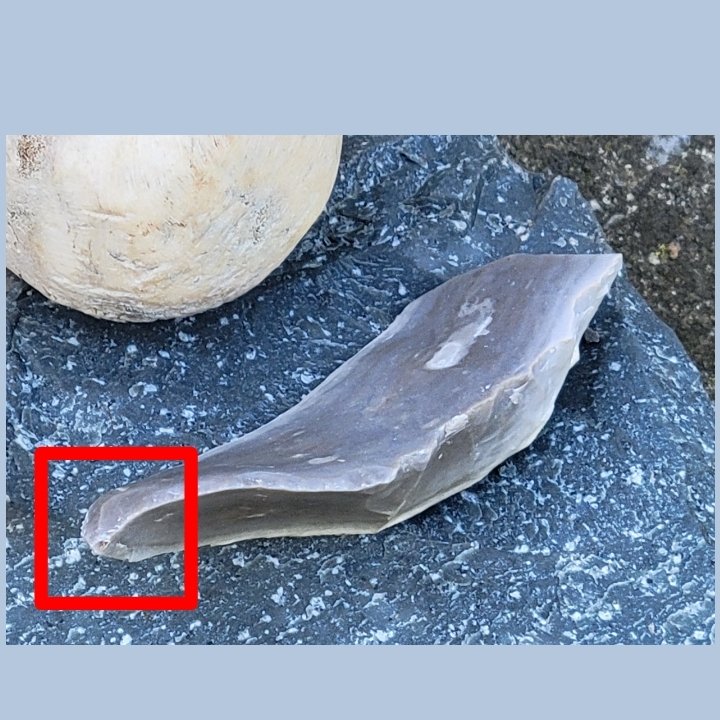
Primarily an engraving tool, this was the tool that could have
been used to produce the beautiful works of art carved on Mammoth tusk
ivory, antler and some of the softer carveable stone types.
|
|
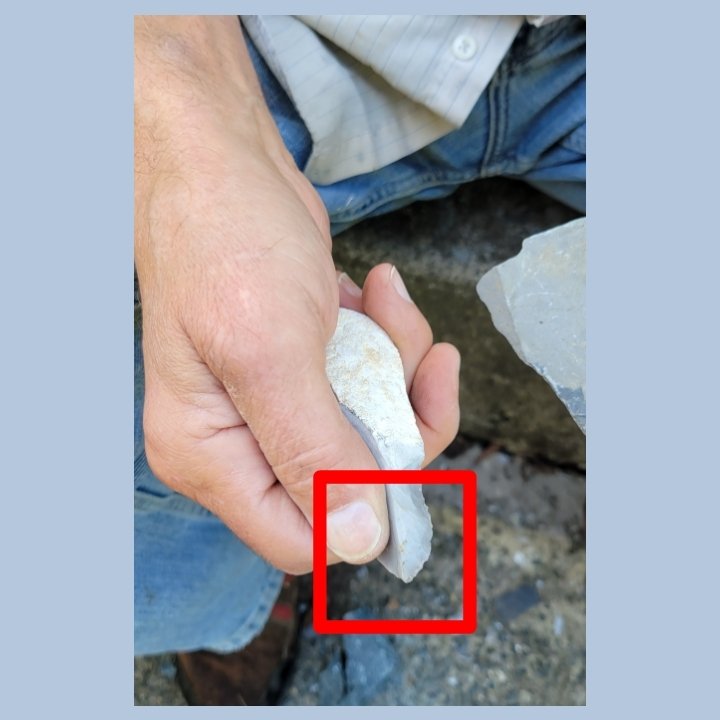
Limestone is a relatively soft stone, rated between a 3 and 4
on the Mohs scale of harness. Flint (hardness 7 on the Mohs scale) typically
has a glassy lustre and can be flaked with limited effort.
|
|
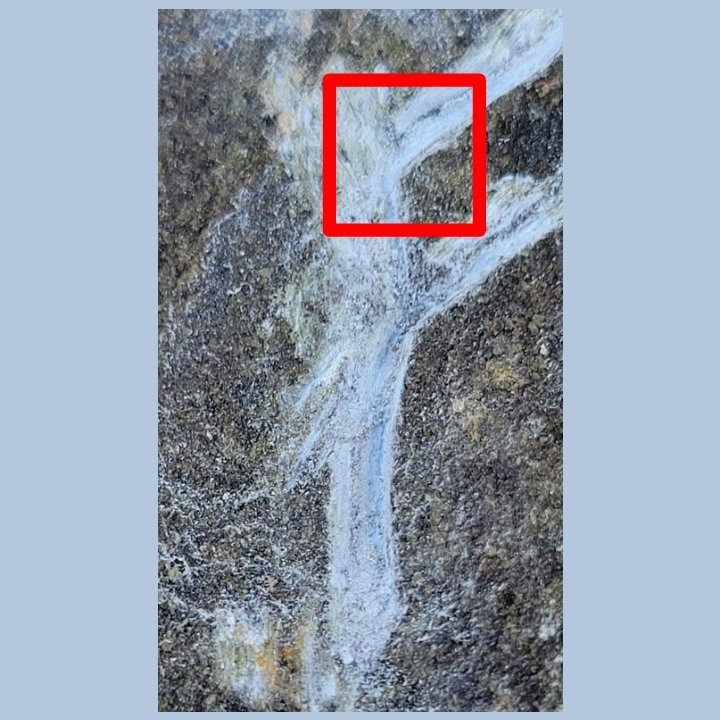
First srcatches made with flint burin into limestone. We are
only at the first grade level and we are still leaning.
|
|
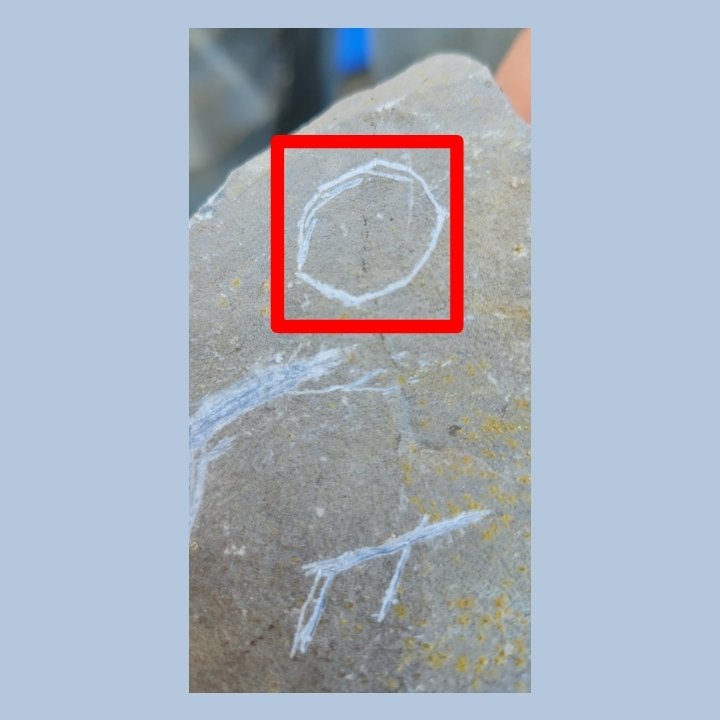
First character cut in limestone with flint burin tool.
|
|
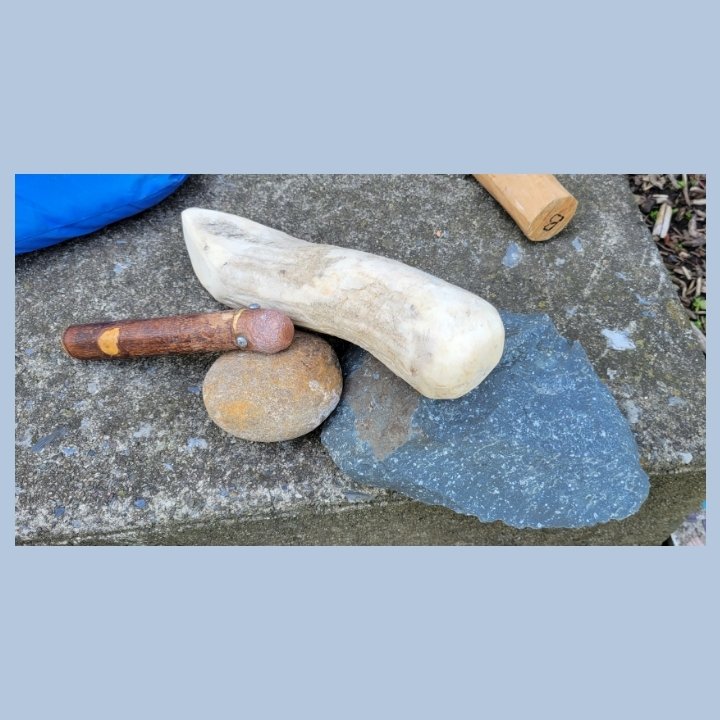
Ancient tools for making flint burin. Note that we used a hard
round stone, copper tipped stick, and the base of a moose antler.
|
|
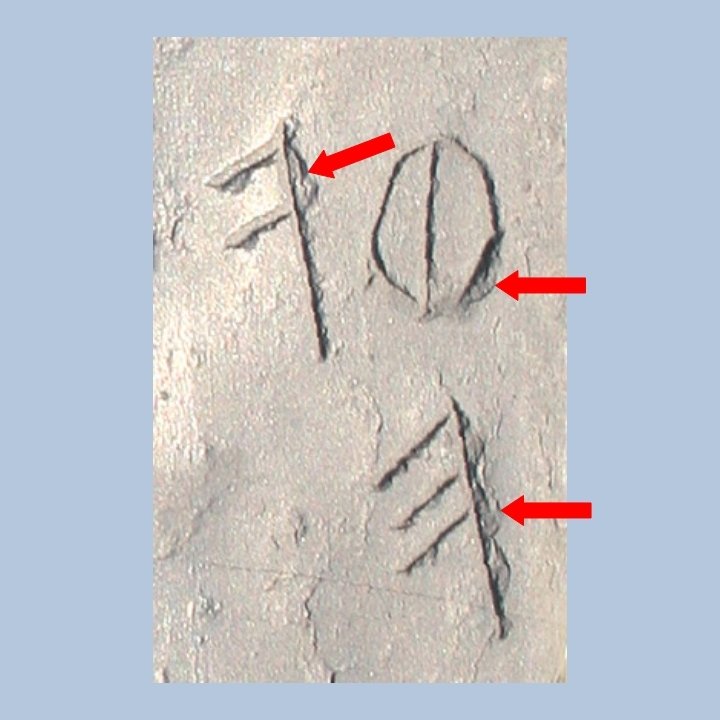
On a large screen, we looked at a close-up picture of
characters found on Stone 32 from the John White Collection. Blaise Colasate
identified the fracture mechanics of the stone from the attached photo. He
also noted that the cutting of the “O” shows the manufacture of the cut has
straight lines from the hand working of the burin.
|
|
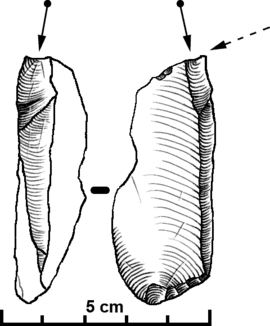
In the field of lithic reduction, a burin /ˈbjuːrɪn/ (from the
French burin, meaning “cold chisel” or modern engraving burin) is a type of
handheld lithic flake with a chisel-like edge which prehistoric humans used
for engraving or for carving wood or bone.
|
|
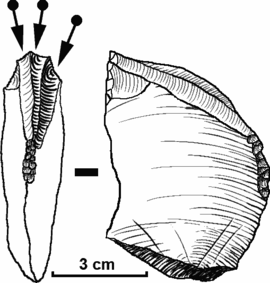
In archaeology, burin use is often associated with
“burin spalls”, which are a form of debitage created when toolmakers
strike a small flake obliquely from the edge of the burin flake in
order to form the graving edge.
|
|
|
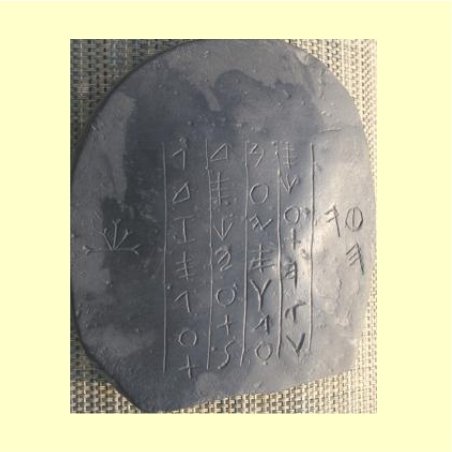
Stone Number 32 from John White Collection. In the last week
Brian Nettles made a meaningful translation of this stone.
|
|

Menorah stone from John White Collection.
|
|
|
|
![]()
![]()